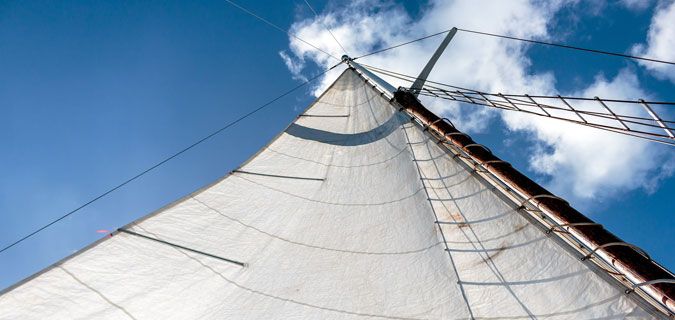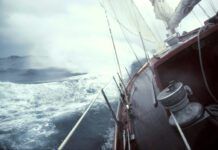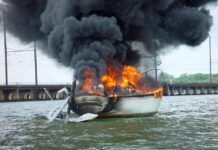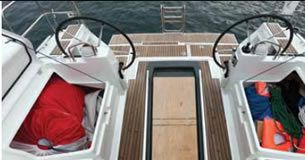Excerpted from The Art of Seamanship by Ralph Naranjo
Capable crewmembers are attuned to the vessel they’re aboard and the mission it serves. Daysailors, ocean racers, and long-distance voyagers each face a particular combination of challenges, and their skills evolve to meet those demands. For example, foredeck crew on a race boat must be especially physically fit and agile and posses sail-handling skills they can also use aboard cruising boats. When it comes to handling ground tackle in bad weather, however, racing sailors often come up short. Racing crews might deal with a gale at sea or while tethered to a sock or club mooring, but they seldom face peril on an anchor rode. As a result they tend to see an anchor as clutter on the forepeak and therefore may prefer a light-weight aluminum anchor that can be disassembled and hidden away.
Cruisers, on the other hand, spend more time on board with a lower percentage of time underway, so they’re more likely to encounter bad weather in anchorages. They stake the well-being of vessel and crew on the anchorages and ground tackle they choose. Of course, cruisers also need the skills to cope with heavy weather at sea.
The goal here focuses on acquiring the versatile seamanship needed by capable cruisers, defined as an array of skills equal to almost all occasions, except perhaps the extremes encountered by adventures as fearless and imprudent as Ernest Shackleton. Five key attributes form the foundation: mental acuity, physical agility, vessel-handling skills, ingenuity, and forehandedness. By no means are these the only attributes shared by proficient mariners, but to some degree they’re common to all competent sailors.
To read more about the attributes necessary for a good crew, purchase Ralph Naranjo’s The Art of Seamanship from Practical Sailor.










































